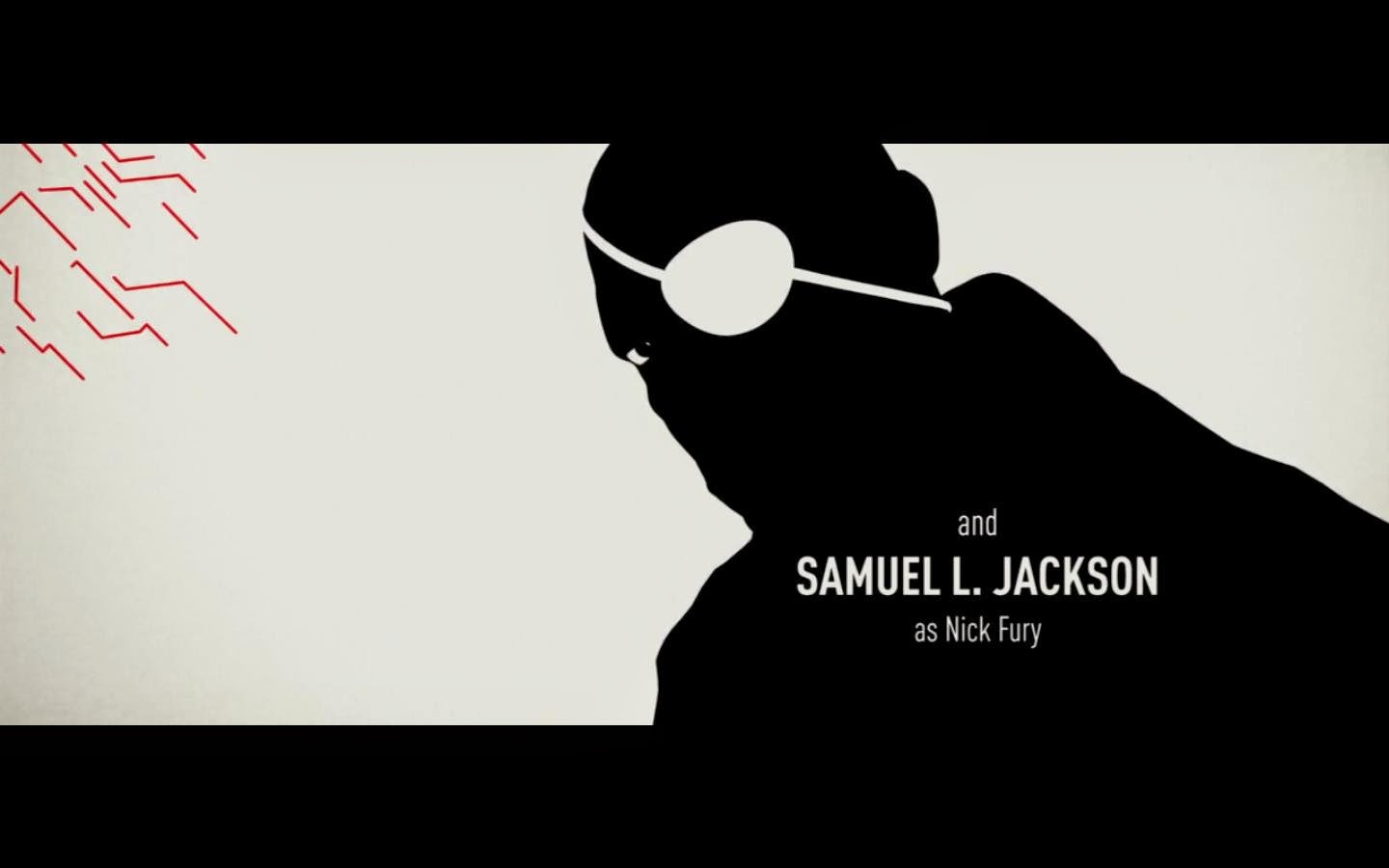This word cloud shows the type of camera angles and effects often used in the Thriller genre;
Frequently used thriller camera angles;
Low angle shot
The following is an example of a low angle shot, frequently used in thriller films as a low angle shot makes the protagonist seem small, and the antagonist seem large, overpowering, indestructible - this connotes that the protagonist is in danger and increases tension for the audience.
High angle shot
This is an example of a high angle shot, from the popular 'James Bond' franchise, the purpose of a high angle shot like this one is to show the protagonist as weak, therefore the antagonist appears strong and overwhelming - in a position of power, this increases tension for the audience as the protagonist appears to be in danger.
Close up
This close up of The Joker from the 'Batman' series establishes the character as the main antagonist, a close up is also used to show the expression of the character, in this case the Joker has a very sinister look, the scarring of his face is exaggerated and connotes to the audience that he is evil and to be feared.
Pan shot
This is an example of a pan shot, this shot is often used to show the expressions and views of multiple characters, or perhaps to connect them as a group, or an extreme pan which is often blurred is used to connote a sense of chaos and to disorientate the audience. In this case the pan shot is also used to divert the action, showing action in multiple different areas of the frame.
Tracking shot
This is an example of a tracking shot which then switches to a crane shot before reverting back to the tracking shot. The clip is from the 1958 crime - thriller 'Touch of Evil', the shot follows the action and then tracks along the side the protagonists, giving the feeling that they are being followed, increasing suspense and connoting that the protagonists are danger to the audience.
Two shot
This is a two shot from the 2013 Crime - Thriller film, 'A Single Shot', this image is a prime example of what can be conveyed through a two shot, within this shot the audience can see the relationship between the two characters- we can see that the relationship is hostile from the way that the man is grabbing her wrist, and their facial expressions connotes the dislike they have for each other, danger and threat.
Head and shoulders shot
Head and shoulder shots are often used to draw the audiences attention to an object, in this well known head and shoulder shot from the popular 2008 action - thriller 'Taken'- the director has specifically used a head and shoulder shot here to focus all the attention on the phone, the significance it holds and to ensure the main feature of the sequence is on the dialogue and nothing else.
Head and shoulder shots are often used to draw the audiences attention to an object, in this well known head and shoulder shot from the popular 2008 action - thriller 'Taken'- the director has specifically used a head and shoulder shot here to focus all the attention on the phone, the significance it holds and to ensure the main feature of the sequence is on the dialogue and nothing else.
After looking in detail at a few camera angles often used in the thriller genre I feel that I know what kind of shots are associated with, and work well within the genre - therefore I will be more knowledgeable in selecting the shots to use when it comes to making my own thriller opening.






















































